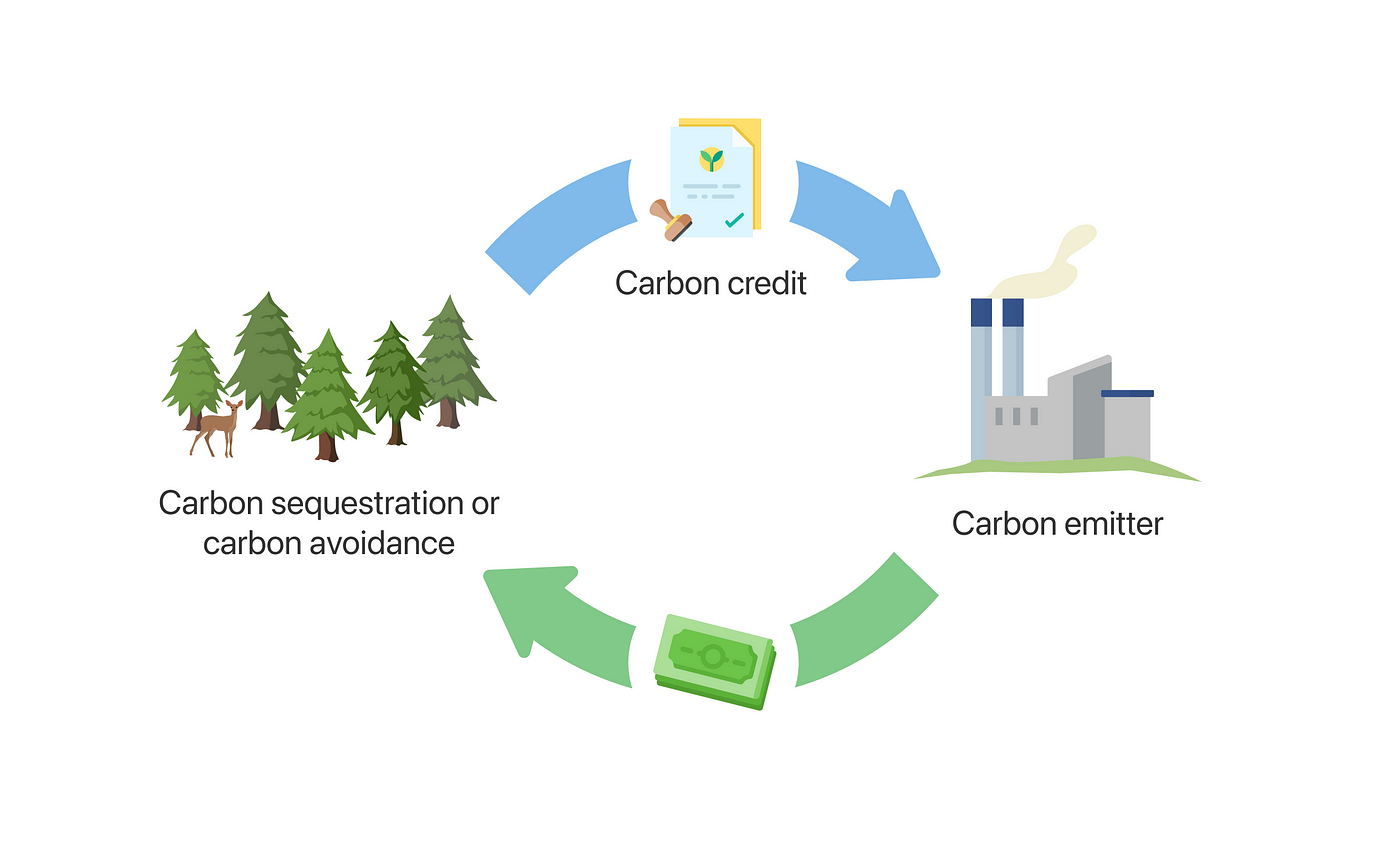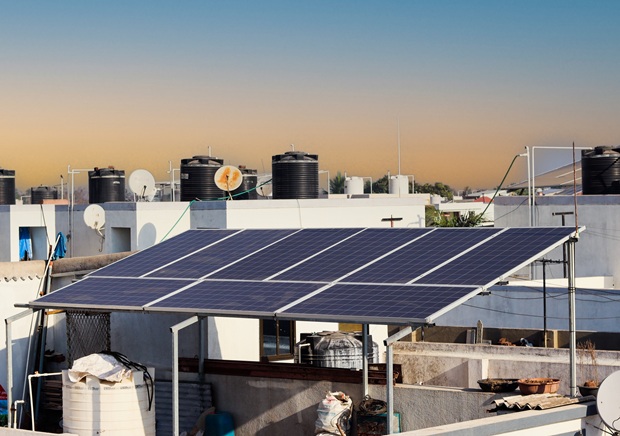- Courses
- GS Full Course 1 Year
- GS Full Course 2 Year
- GS Full Course 3 Year
- GS Full Course Till Selection
- Online Program
- GS Recorded Course
- NCERT (Recorded 500+ Hours)
- Polity Recorded Course
- Geography Recorded Course
- Economy Recorded Course
- AMAC Recorded Course
- Modern India, Post Independence & World History
- Environment Recoded Course
- Governance Recoded Course
- Science & Tech. Recoded Course
- International Relations and Internal Security Recorded Course
- Disaster Management Module Course
- Ethics Recoded Course
- Essay Recoded Course
- Current Affairs Recoded Course
- CSAT
- 5 LAYERED ARJUNA Mentorship
- Public Administration Optional
- ABOUT US
- OUR TOPPERS
- TEST SERIES
- FREE STUDY MATERIAL
- VIDEOS
- CONTACT US
Understanding Carbon Rights
Understanding Carbon Rights
14-04-2025

A Snapshot from the Rights and Resources Initiative Report
- The concept of carbon rights is gaining increasing attention in global climate discussions, especially in the context of carbon markets and climate mitigation strategies.
- However, despite its growing relevance, there is currently no universally accepted international definition of what constitutes carbon rights.
What Are Carbon Rights?
Broadly, carbon rights refer to legal entitlements linked to carbon sequestration— the process of capturing and storing atmospheric carbon dioxide. These rights are often associated with the benefits generated from activities that help remove or reduce carbon emissions, such as:
- Afforestation and reforestation
- Soil carbon management
- Conservation and forest preservation efforts
According to various interpretations, carbon rights typically encompass two key components:
- Property Rights Over Carbon Sequestration Assets
This includes ownership or control over natural elements such as land, forests, and soil that have the capacity to sequester carbon. These resources act as carbon sinks and are central to carbon storage strategies. - Rights to the Benefits Arising from Carbon Transactions
This refers to the entitlement to receive financial or non-financial benefits derived from the transfer, sale, or trade of carbon credits or emissions allowances. Such transfers often occur through carbon markets or emissions trading schemes.




